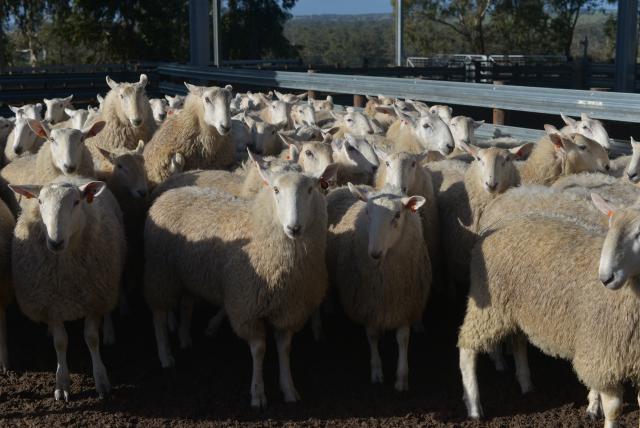
SHEEP producers are being asked to be on the lookout for lice infested sheep in their flocks following recent detections at saleyards.
Field operations manager for Animal Health at the Department of Primary Industries and Regions (PIRSA) Chris van Dissel said over the past 12 months, there had been an increase in the presence of lice in wool shedding breeds such as dorpers, damaras, Aussie whites and wiltipolls.
“We are aware that these wool shedding breeds have become popular due to being maintenance free with many believing that they don’t become infested with lice, however, the reality is that these breeds are just as susceptible.” Mr van Dissel said.
“During the 2021-22 financial year, the Sheep Lice Compliance Program detected 60 consignments of lice infested sheep at saleyards with over half of them in wool shedding sheep.”
Mr van Dissel said as a result, PIRSA encouraged all sheep producers to monitor their animals for lice and treat where necessary, no matter the breed.
Untreated infected flocks maintain a level of lice in the sheep population, in turn enhancing the risk of infestation to other flocks,“ he said.
“It is estimated that the national cost of lice infestations to the national sheep flock through lost production, treatment and prevention is around $123m a year.
“This is particularly an issue for the wool industry with the reduction of quality and quantity of wool produced along with the added costs of chemical treatments.”
Mr van-Dissel said sheep producers and owners need to remember that it is an offence under the Livestock Regulations 2013 to present lice infested sheep at a market or an to allow lice infested sheep to stray.
“We are aware that wool shedding breeds tend to be harder on fence lines and have a propensity to escape, straying onto neighbouring properties and roads,” he said.
“If you have just transitioned to these breeds on your property it is also advisable, not only to monitor for lice but to also ensure your fence lines are able to cope with these more robust breeds.”
Owners of lice infested sheep who present the animals to markets may be fined about $409 for each consignment detected and repeat offenders can be prosecuted.
“Sheep owners can also be fined if they allow lousy sheep to stray, so it pays to regularly check your flock or fence lines,“ Mr van Dissel said.
“Factoring lice management as part of your on-farm biosecurity plan is a good way to keep on top of the problem.”







